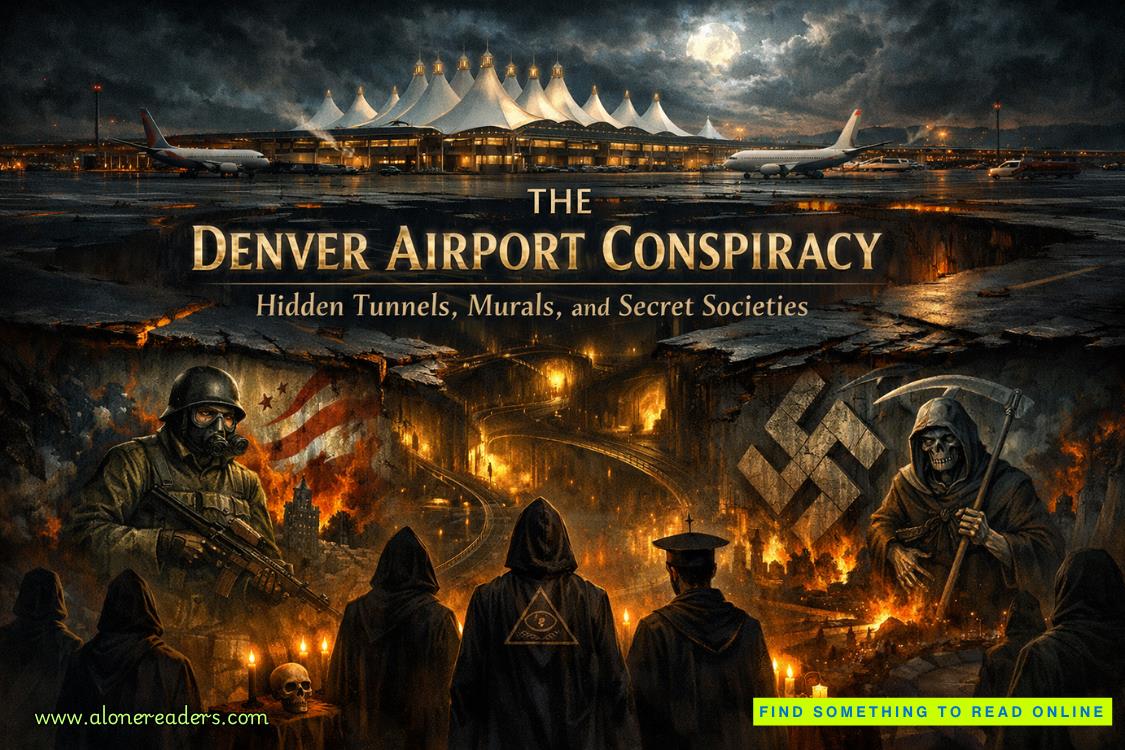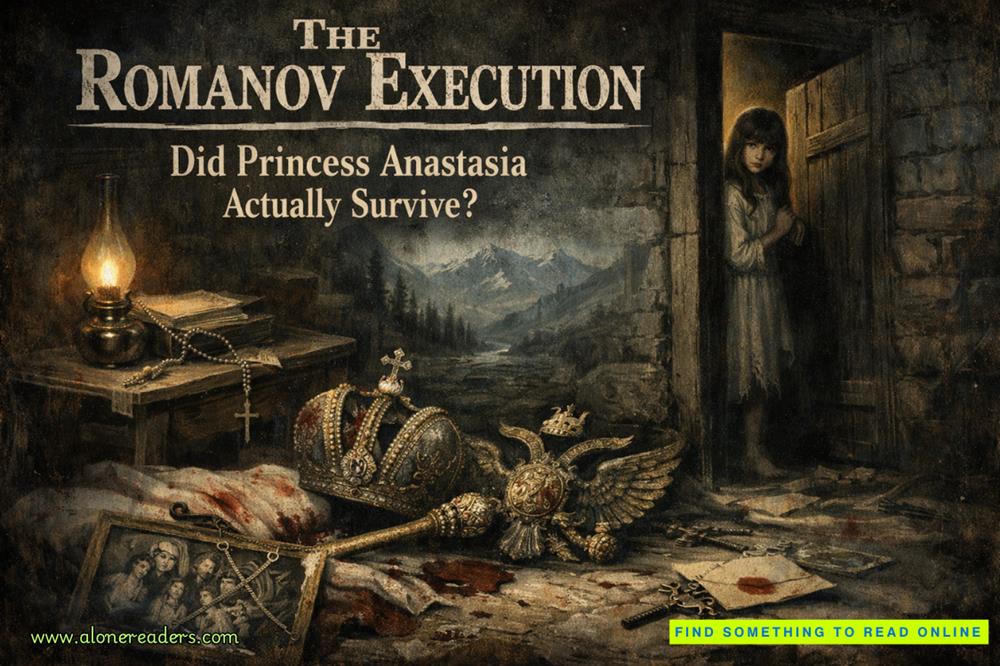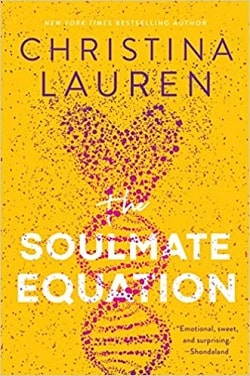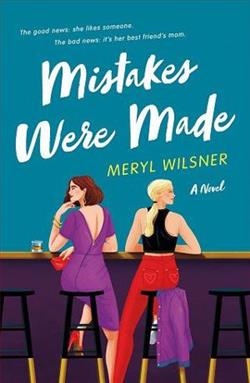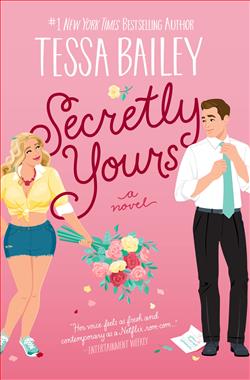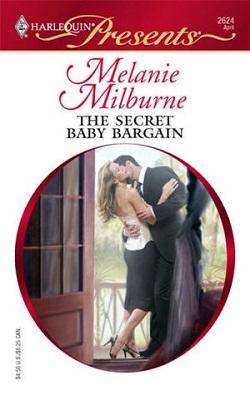I could confront it with the most important patterns of all—those built through Sunday dinners, midnight calls, shared grief, and quiet celebrations. McCabe men didn't break. They adapted, and they protected their own.
Chapter two
James
My hands wouldn't stop shaking. I curled them into fists beneath my desk, focusing on the steady tick of my office clock rather than the thundering of my pulse. The copper tang of blood in my mouth surprised me—I'd been chewing my lip again, a habit my therapist had supposedly helped me break two years ago.
"The Cascade District fires show concerning similarities to the Harrison Gallery case." Department Chair Isabelle Reeves didn't so much sit in my visitor's chair as take possession of it, her salt-and-pepper curls precise as her logic. "Three warehouses in two weeks, each showing the same signature. The latest happened two days ago. Seattle Fire Department is asking for our department's consultation."
I reached for my coffee mug, needing something to ground me. The ceramic was cool against my palm—I'd been too caught up in data analysis to drink it. "My research schedule—"
"Is precisely why you need to take this." She placed a folder on my desk. "Your grant proposal argues that your behavioral analysis models can predict escalation patterns in fire-settingcases. The committee would be more inclined to fund theoretical work if it showed practical application."
She did nothing to hide the threat. I caught myself reaching for the worry stone in my pocket, but then I forced my hand flat against the desk instead. "The arson investigation unit has perfectly competent—"
"They specifically requested our department." Her voice blended academic politics and professional concern, making her both an effective department chair and a dangerous opponent. "And you're our foremost expert in performance-based fire-setting behavior."
"That's because no one else is foolish enough to specialize in it." The bitterness in my voice surprised us both. I took a careful breath. "Hal Whitman's statistical analysis would be more—"
"James." Her use of my first name made me look up. Isabelle's expression had softened, but her eyes remained sharp. "You've spent the last three years building theoretical models. Important work, yes. But you can't hide in the ivory tower forever."
"I'm not hiding." The lie tasted stale. "I'm conducting methodologically sound research—"
"From the safety of your office." She tapped the folder. "The Harrison Gallery case wasn't your fault, but let it drive you away from fieldwork? That's on you."
She pulled the trigger, and the room tilted sideways. I focused on my breathing—in for four, hold for four, out for four. The grounding technique did nothing to stop the memories: the choking weight of burning air and screaming that turned to nothing. It was the witness I'd promised to protect, reduced to ash due to my failure to listen.
"That case is closed." My voice sounded far away.
"And yet." Isabelle stood, smoothing her charcoal pencil skirt. "Similar signatures are appearing across the city. Your models predict this type of fire-setter escalates toward performancepieces with targeted audiences. The committee meets next month to review funding allocations." She paused at the door. "It's all coming together. The car's waiting downstairs. The scene's still active."
She left no room for argument. I gathered my tablet and scene kit.
"James?" Isabelle stopped me at the door. "Lieutenant McCabe's team has point on this. His father was a good man. He deserved better than dying in that refinery fire twelve years ago. Maybe helping his son catch this one will give you back some of what Harrison took from you."
Seattle's morning traffic crept past my window as Isabelle's driver navigated toward the warehouse district. I pulled up preliminary scene photos, focusing on technical details rather than the cold sweat damping my collar. The burn patterns showed something that made my analytical mind stutter—too controlled, too precise. Executed by someone with extensive knowledge trying very hard to look like someone without it.
The warehouse loomed through curtains of toxic black smoke, its steel ribs twisted and buckling where the fire had eaten through its skin. The air reeked of scorched chemicals and something worse—acrid and almost meaty. It stuck to the back of my throat and made my stomach lurch, but I forced it down.
My pulse pounded at my temple. The taste of old fear settled on my tongue, familiar and unwelcome.
Emergency lights strobed across the scene—red, blue, red, blue—turning the runoff water into ribbons of false blood.
I stepped into that familiar chaos, my boots splashing through puddles that shimmered with chemical rainbow swirls. The air tasted like melted wiring and scorched metal.
Behind me, I heard a firefighter, later identified as Barrett, trying not to gag. You never got used to that smell—you justlearned to work through it, like you learned to ignore how the residue would cling to your skin long after you showered.
"Dr. Reynolds?" Detective Sarah Nguyen met me at the perimeter, her forensics team's lights casting strange shadows through the lingering haze. "Wasn't sure we'd see you in the field again."
"That makes two of us." I signed the scene log with hands that only slightly trembled. The weight of my kit on my shoulder was foreign after so long in the classroom. "What do we have?"
"Three distinct points of origin." She fell into step beside me. "Initial spread pattern suggests accelerants, but we're not finding the usual traces. Max is picking up some weird readings on the mass spec—new compounds to him."
A lanky forensic tech looked up from his portable equipment. "Like someone's mixing their own materials." Max Torres had been fresh out of training during the Harrison case. The careful way he watched me said he remembered. "Custom blends, maybe trying to avoid detection?"
I crouched beside him, examining the readout. The chemical signature jolted me. "They designed it to draw attention and create specific effects. See these aromatic compounds? They designed them to produce colored flames during the initial burn. They wanted the fire to be visually striking."
"Performance pieces." Sarah's voice was carefully neutral. "Like Harrison."





